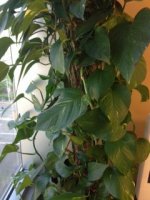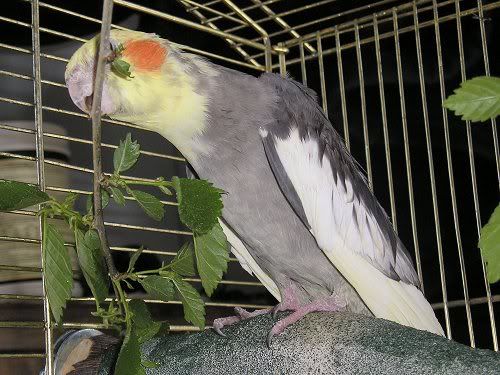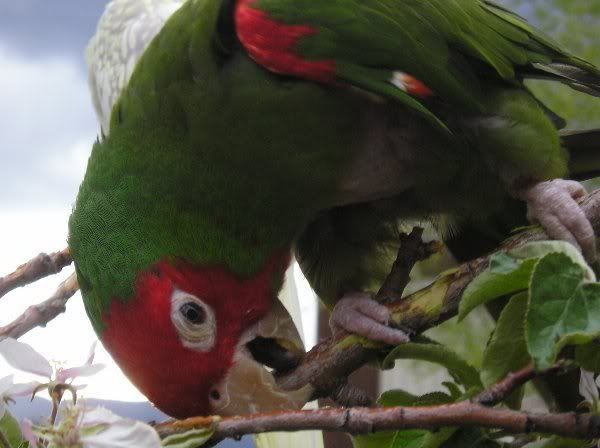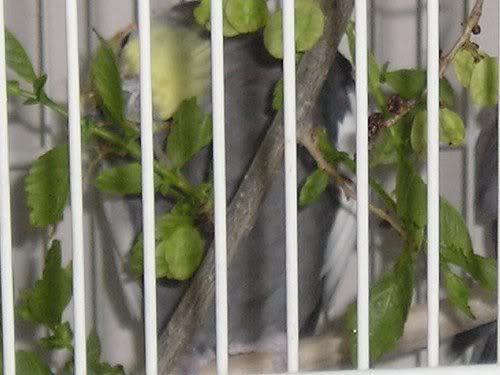mangokeaton
New member
- Apr 12, 2013
- 27
- 0
I'm not sure if they actual eat the plant or not, but they tend to bite the leaves off and I wanted to see if it's something that I should get rid of. It's a regular Vine house plant that doesn't have any fertilizer.
I'm also worried about the bark on the tree, can anyone please verify that this setup is safe?
THanks!
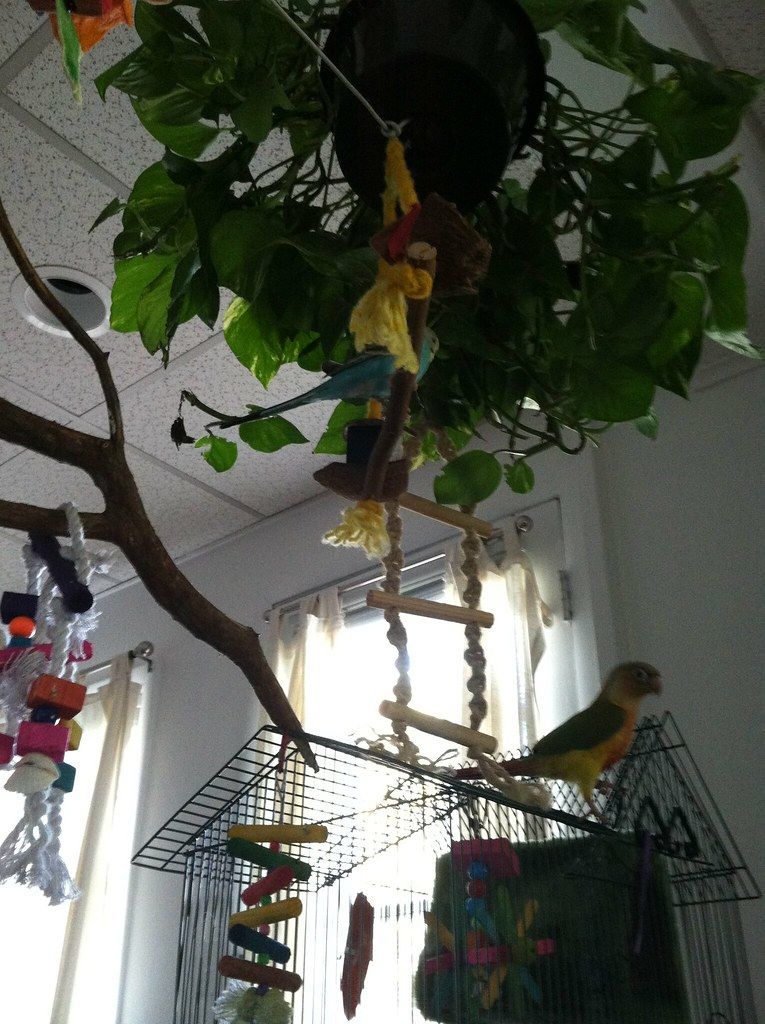
I'm also worried about the bark on the tree, can anyone please verify that this setup is safe?
THanks!

